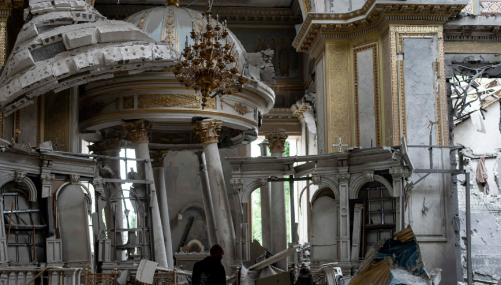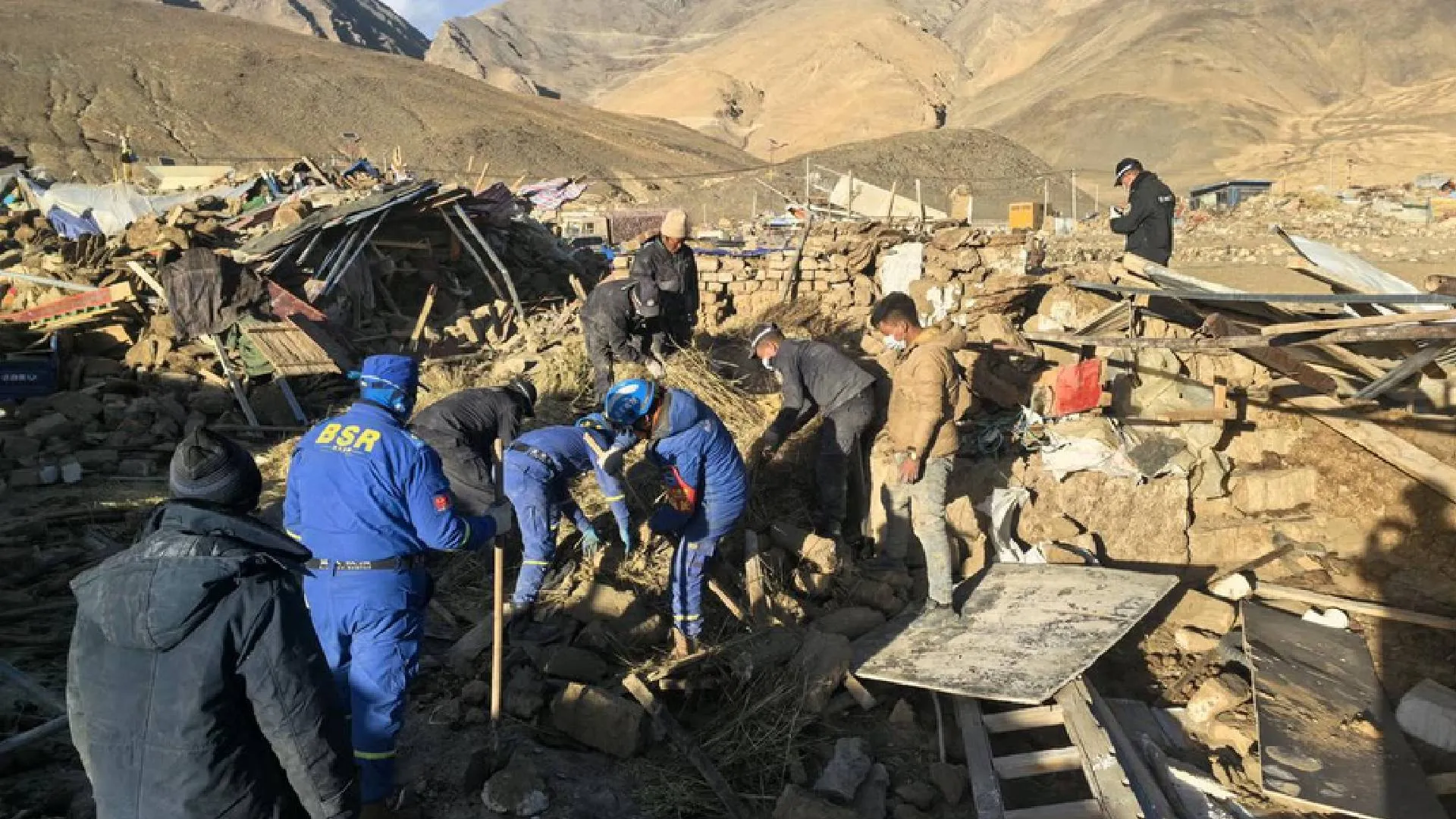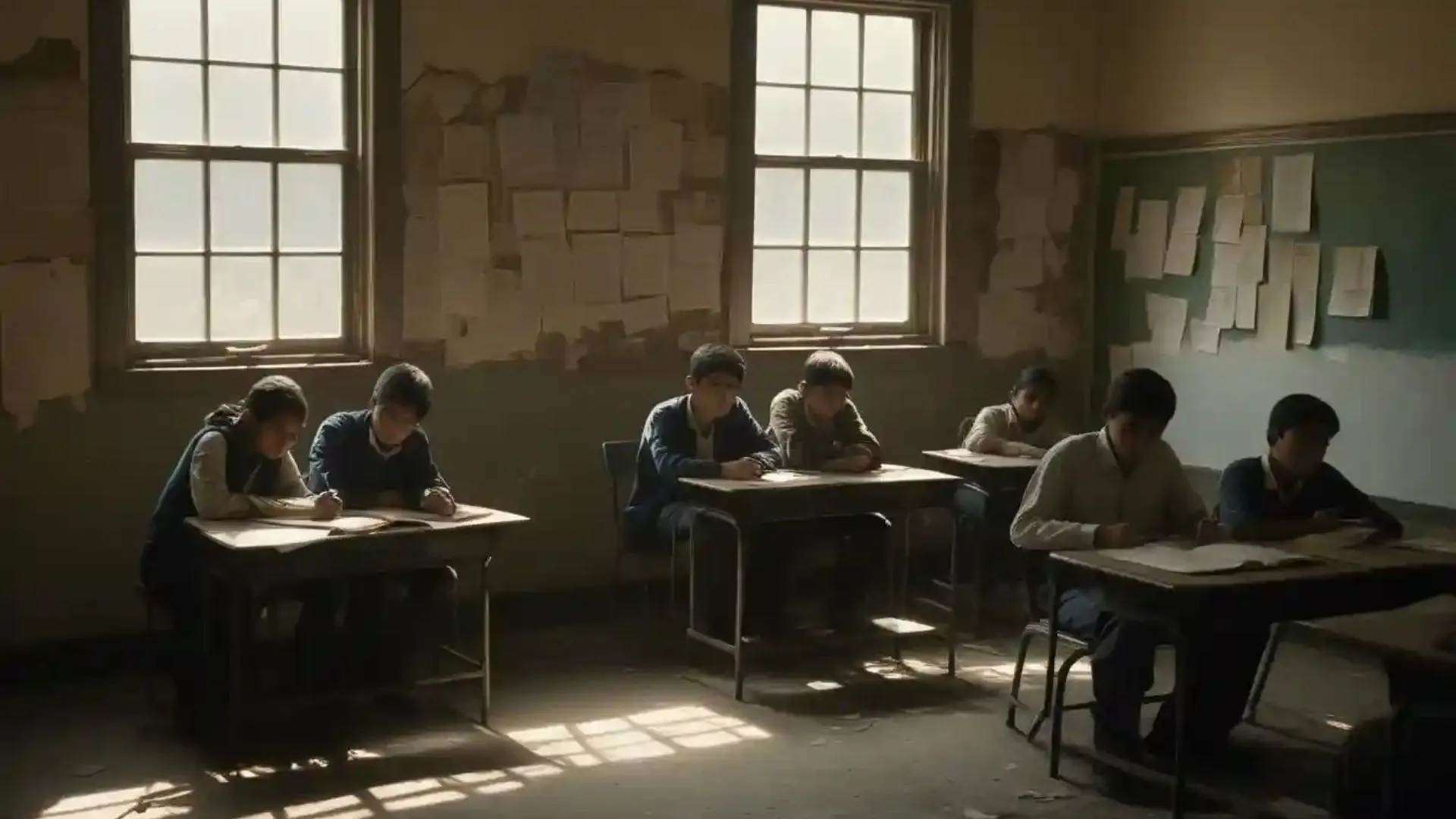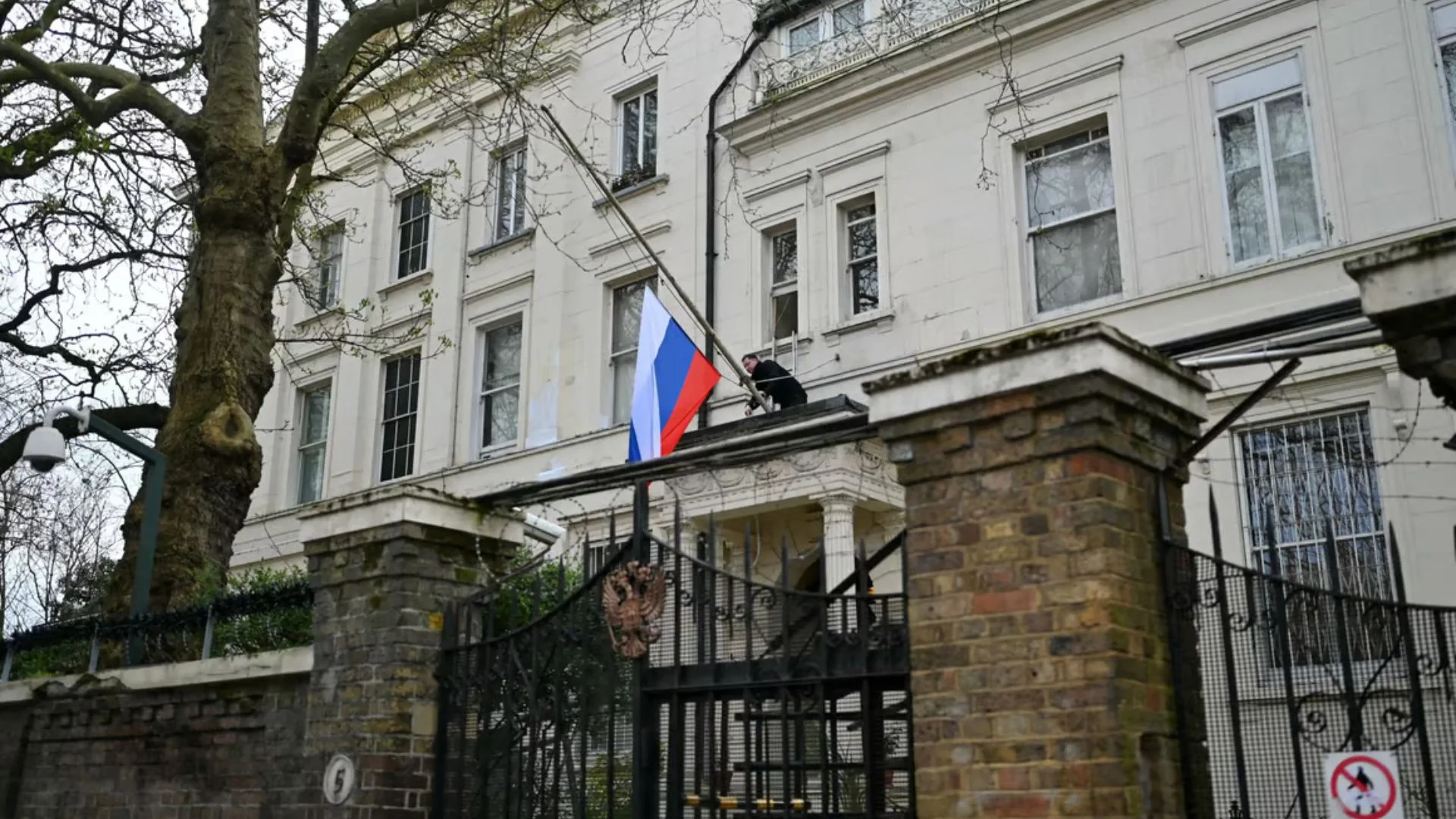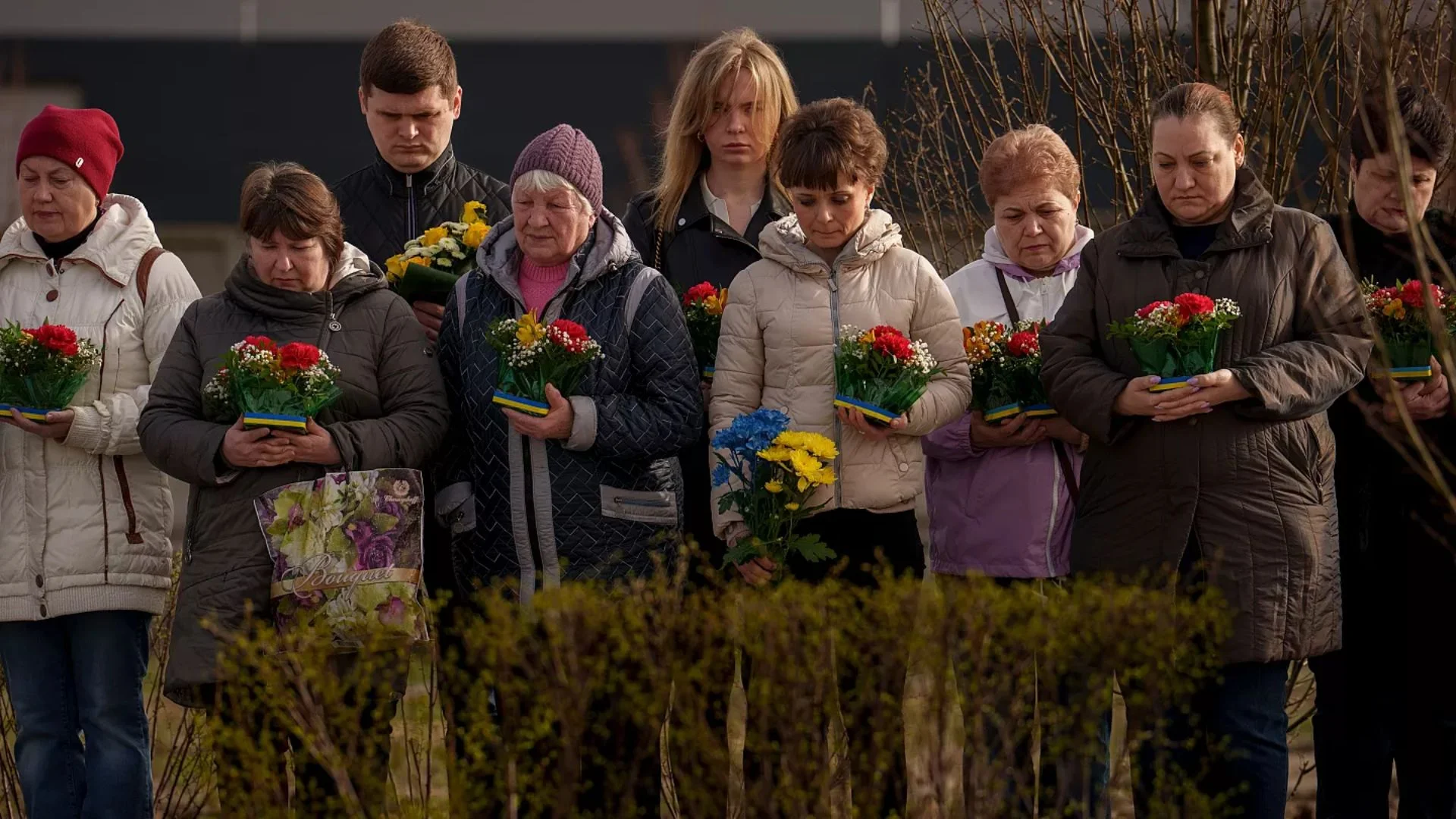Tetiana Khlapova’s hand trembled as she recorded the wreckage of Odesa’s devastated Transfiguration Cathedral on her cellphone and cursed Russia, her native land. Khlapova was raised in Ukraine and had always dreamed of living in the seaside city. But not as the war refugee that she has become.
In only a week, Russia has fired dozens of missiles and drones at the Odesa region. None struck quite as deeply as the one that destroyed the cathedral, which stands at the heart of the city’s romantic, notorious past and its deep roots in both Ukrainian and Russian culture.
“I am a refugee from Kharkiv. I endured that hell and came to sunny Odesa, the pearl, the heart of our Ukraine,” said Khlapova, who has lived in the country for 40 of her 50 years.
Her neck still has a shrapnel scar from the third day of the war, when her apartment was hit. On Day 4, she fled to Odesa.
Now, she’s making a quick trip back to her place in Kharkiv to grab winter clothes so she can wait out the war in Ireland, “because here we are not protected for a single second, in any city.”
“At any moment, you can just be hit and your whole body will be torn apart,” she said. “After the war ends — and I believe that Ukraine will defeat this filth, these vampires — I will come back home. I will return, no matter what.”
Ever since Ukraine gained independence from Moscow in 1991, Odesa viewed itself differently than the country’s other major cities because of its long, conflicted history and an outlook that stretched far beyond its borders.
Odesa’s past is intertwined with some of Russia’s most revered figures, including Catherine the Great, author Leo Tolstoy and poet Anna Akhmatova. Its ports were key to last year’s international agreement that let Ukraine and Russia ship their grain to the rest of the world. Its Orthodox cathedral belongs to Moscow’s patriarchate. Its residents largely speak Russian. And -– at least until the Kremlin illegally annexed the nearby Crimean Peninsula in 2014 -– its beaches were beloved by Russian tourists.
In the war’s early weeks, rumors seeded by Kremlin propaganda flew around the city: Moscow would never hit the historic center, the mayor had loaded a boat filled with roses to greet Russian soldiers, a silent majority of residents were waiting for a Russian “liberation.”
Odesa’s regional infrastructure was hit repeatedly by Russia over the winter, unlike its port, which was key to the Black Sea Grain Initiative that allowed agricultural products to be shipped safely from both countries to feed people around the world. The region’s silos were full when Russia pulled out of the agreement in mid-July. Missiles and drones struck the next day, taking aim at storage sites, transportation infrastructure and random buildings. Ukraine’s air defenses deflected most of the hits, but every day a handful made it through.
RICH HISTORICAL BACKGROUND OF ODESA
Since Catherine the Great transformed Odesa into an international seaport in 1794, the city’s identity has as its foundations the sea, cosmopolitan tolerance and an innate sense of humor. It had one of Europe’s largest concentrations of Jews, who before a series of pogroms made up about a quarter of the population, and large communities of Greek and Italian sailors whose descendants remain to this day.

